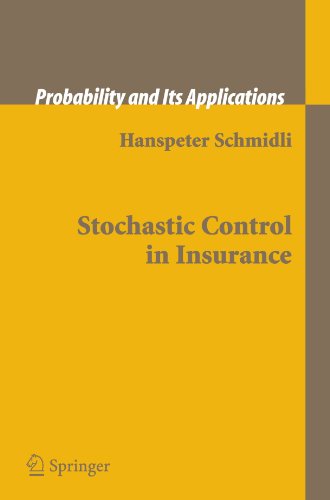

Most ebook files are in PDF format, so you can easily read them using various software such as Foxit Reader or directly on the Google Chrome browser.
Some ebook files are released by publishers in other formats such as .awz, .mobi, .epub, .fb2, etc. You may need to install specific software to read these formats on mobile/PC, such as Calibre.
Please read the tutorial at this link: https://ebookbell.com/faq
We offer FREE conversion to the popular formats you request; however, this may take some time. Therefore, right after payment, please email us, and we will try to provide the service as quickly as possible.
For some exceptional file formats or broken links (if any), please refrain from opening any disputes. Instead, email us first, and we will try to assist within a maximum of 6 hours.
EbookBell Team

4.4
92 reviewsStochastic control is one of the methods being used to find optimal decision-making strategies in fields such as operations research and mathematical finance. In recent years, stochastic control techniques have been applied to non-life insurance problems, and in life insurance the theory has been further developed.
This book provides a systematic treatment of optimal control methods applied to problems from insurance and investment, complete with detailed proofs. The theory is discussed and illustrated by way of examples, using concrete simple optimisation problems that occur in the actuarial sciences. The problems come from non-life insurance as well as life and pension insurance and also cover the famous Merton problem from mathematical finance. Wherever possible, the proofs are probabilistic but in some cases well-established analytical methods are used.
The book is directed towards graduate students and researchers in actuarial science and mathematical finance who want to learn stochastic control within an insurance setting, but it will also appeal to applied probabilists interested in the insurance applications and to practitioners who want to learn more about how the method works.
Readers should be familiar with basic probability theory and have a working knowledge of Brownian motion, Markov processes, martingales and stochastic calculus. Some knowledge of measure theory will also be useful for following the proofs.